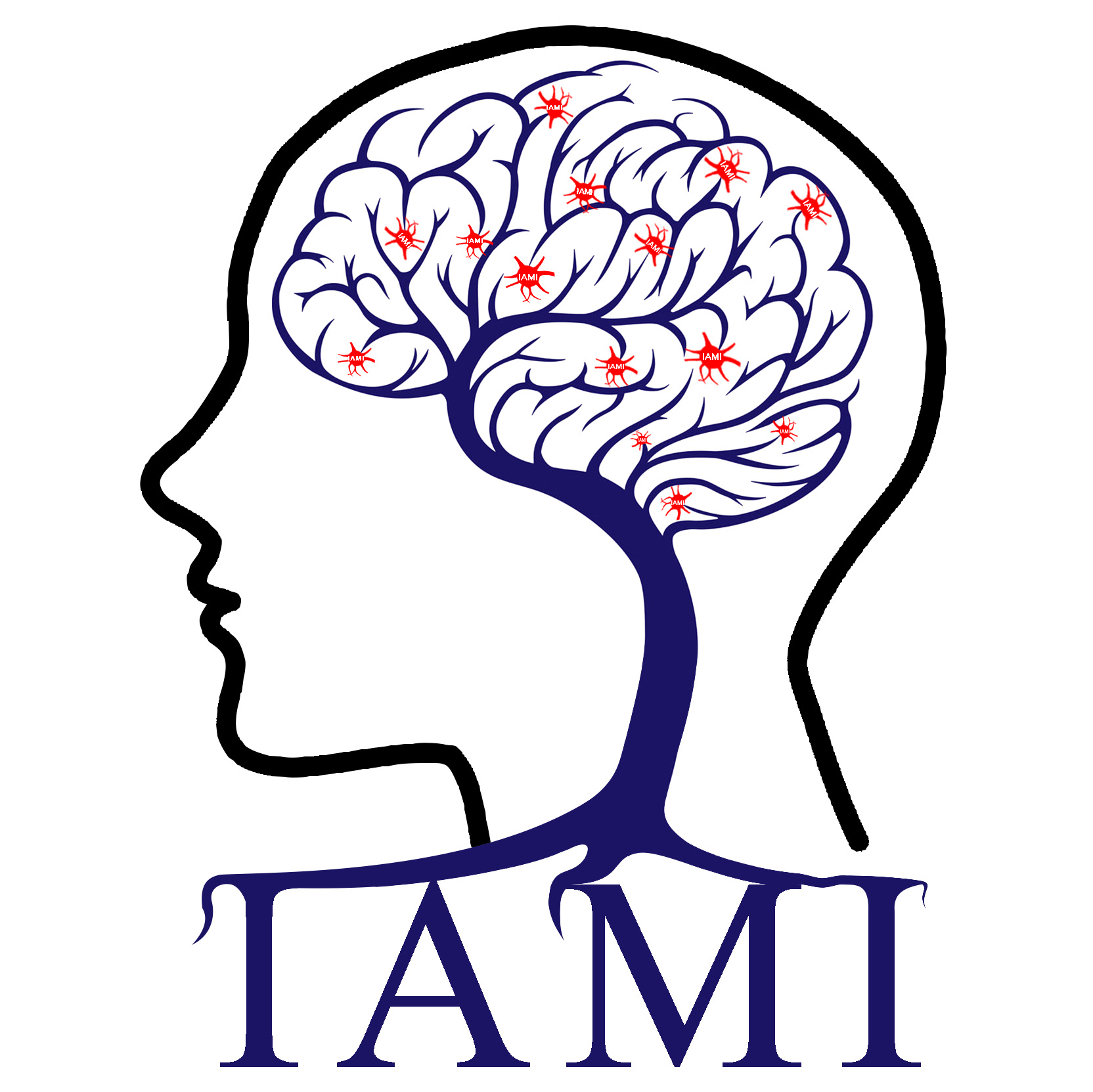
Yuhui Du Personal Website-Intelligent Analysis of Medical Image
Address:Taiyuan, China
Min Zhao, Weizheng Yan, Na Luo, Dongmei Zhi, Zening Fu, Yuhui Du, Shan Yu, Tianzi Jiang, Vince D. Calhoun, Jing Sui, An attention-based hybrid deep learning framework integrating brain connectivity and activity of resting-state functional MRI data, Medical Image Analysis, Volume 78, 2022, 102413, ISSN 1361-8415. (Impact factor:13.828)
时间:2022-11-03 19:08:46 来源: 点击:[456]
Abstract
Functional magnetic resonance imaging (fMRI) as a promising tool to investigate psychotic disorders can be decomposed into useful imaging features such as time courses (TCs) of independent components (ICs) and functional network connectivity (FNC) calculated by TC cross-correlation. TCs reflect the temporal dynamics of brain activity and the FNC characterizes temporal coherence across intrinsic brain networks. Both features have been used as input to deep learning approaches with decent results. However, few studies have tried to leverage their complementary information to learn optimal representations at multiple facets. Motivated by this, we proposed a Hybrid Deep Learning Framework integrating brain Connectivity and Activity (HDLFCA) together by combining convolutional recurrent neural network (C-RNN) and deep neural network (DNN), aiming to improve classification accuracy and interpretability simultaneously. Specifically, C-RNNAM was proposed to extract temporal dynamic dependencies with an attention module (AM) to automatically learn discriminative knowledge from TC nodes, while DNN was applied to identify the most group-discriminative FNC patterns with layer-wise relevance propagation (LRP). Then, both prediction outputs were concatenated to build a new feature matrix, generating the final decision by logistic regression. The effectiveness of HDLFCA was validated on both multi-site schizophrenia (SZ, n ∼ 1100) and public autism datasets (ABIDE, n ∼ 1522) by outperforming 12 alternative models at 2.8-8.9% accuracy, including 8 models using either static FNC or TCs and 4 models using dynamic FNC. Appreciable classification accuracy was achieved for HC vs. SZ (85.3%) and HC vs. Autism (72.4%) respectively. More importantly, the most group-discriminative brain regions can be easily attributed and visualized, providing meaningful biological interpretability and highlighting the great potential of the proposed HDLFCA model in the identification of valid neuroimaging biomarkers.

 Current location:
Current location: